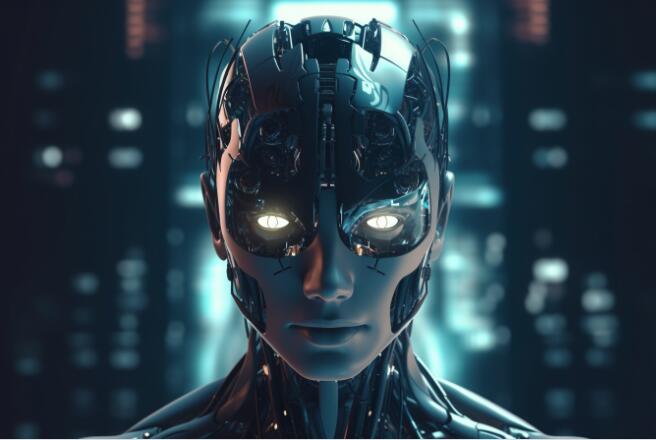Tesla's Secret Lab Uses Human Data to Train Optimus Robots
Tesla's Secret Lab Uses Human Data to Train Optimus Robots
According to a report from Business Insider, Tesla operates a secret lab in Palo Alto, California, dedicated to collecting vast amounts of human behavior data. The goal? To refine the movements and capabilities of its Optimus humanoid robot. While current demonstrations show the robots as slow and uncoordinated, Tesla is investing heavily in data-driven improvements.

Image source note: The image is AI-generated
Inside the Data Collection Process
The lab employs dozens of "data collectors" who perform repetitive daily tasks—such as lifting cups, wiping tables, or organizing car parts—while wearing helmets fitted with five cameras and carrying 40-pound backpacks. These sessions generate hundreds of recordings per day. Some tasks even include unconventional movements like a "chicken dance" or dance-like motions to diversify the dataset.
A former collector described the work as "experiments under a microscope," emphasizing its monotony. Each eight-hour shift must yield at least four hours of usable footage. Deviations from "human-like" movements can result in penalties.
Optimus: High Hopes, Slow Progress
Elon Musk has set an ambitious target: producing 5,000 Optimus robots by the end of 2025. However, recent demos have disappointed observers due to the robots' sluggish reactions and lack of coordination. To impress investors, Tesla often relies on remote-controlled performances to ensure smoother demonstrations.
The lab’s efforts extend beyond immediate improvements. By training robots on extensive datasets of human behavior, Tesla aims to lay groundwork for future applications—particularly in domestic settings.
Key Points:
- ✅ Tesla’s secret lab records human movements to train Optimus robots.
- ✅ Data collectors perform repetitive tasks while wearing multi-camera helmets.
- ✅ Musk plans 5,000 Optimus units by 2025, but demos rely on remote control.